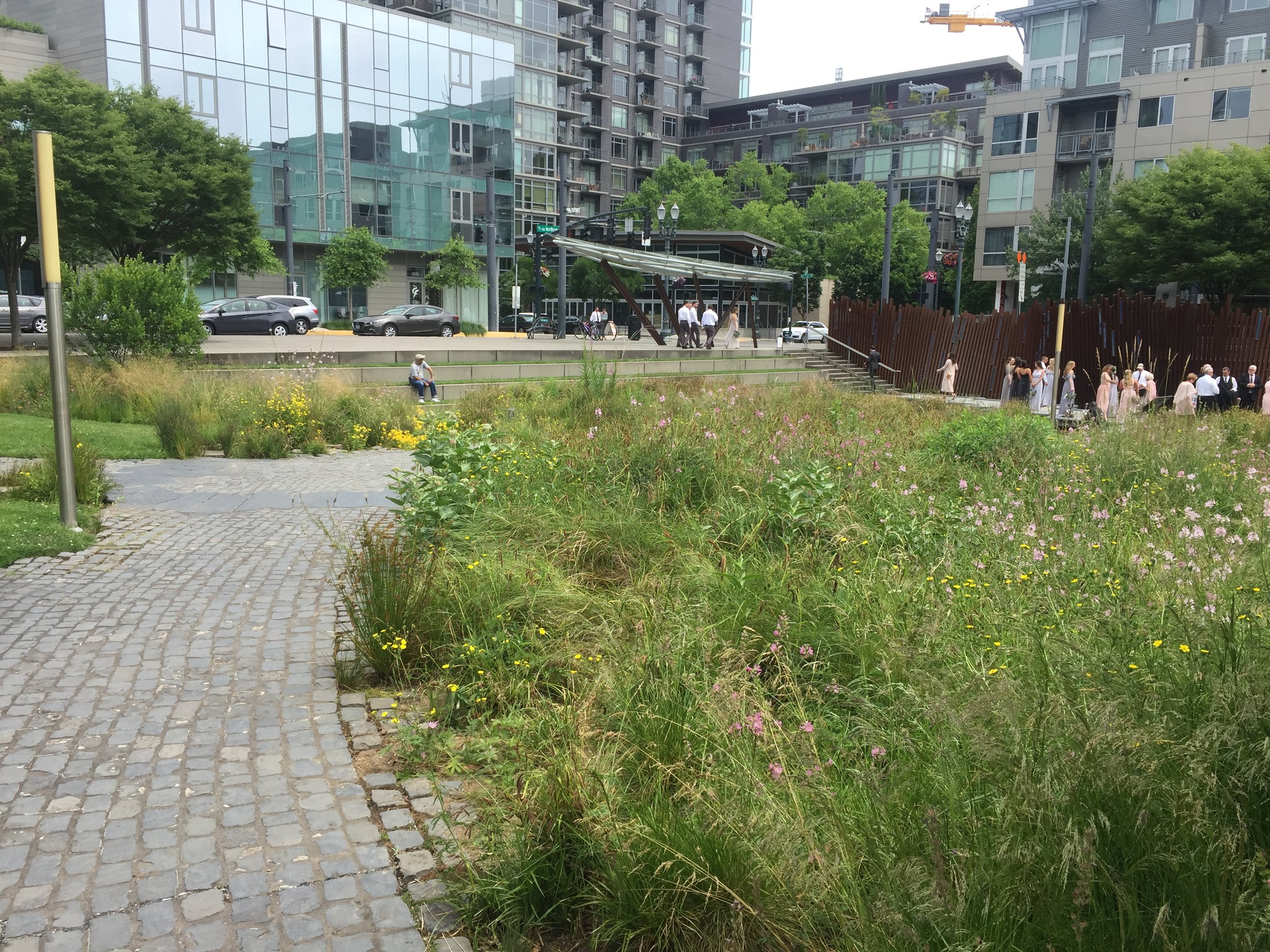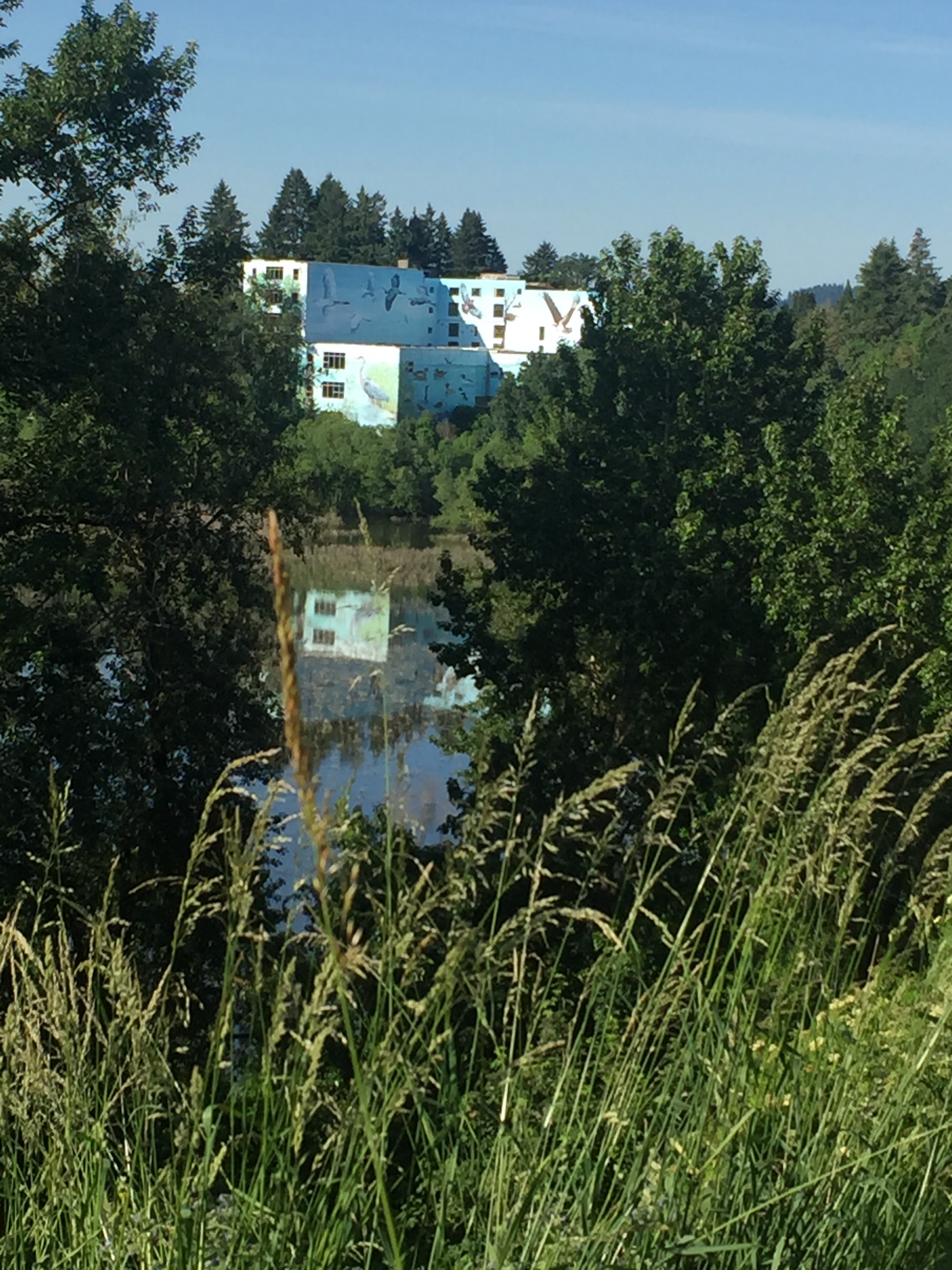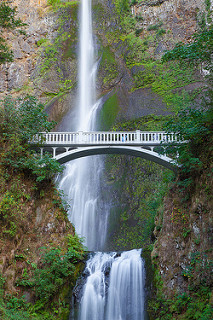Portland, Oregon
Biophilic Cities Member since 2013
Portland, the largest city in Oregon, is frequently recognized as one of the world’s most environmentally conscious cities due to its high walkability, large community of bicyclists, farm-to-table dining, and over 4,000 hectares of public parks. According to Lonely Planet, Portland has an almost unfair abundance of natural beauty, including beautiful parks, leafy trees, vibrantly flowering shrubs lining quirky residential streets, the Willamette River meandering through town, and Mount Hood on the horizon.
Portland is championed as one of the greenest cities in the world for its forward thinking initiatives. For example, Portland has become a champion of stormwater management by implementing a Green Streets initiative to reduce impervious surface and increase urban green space to increase infiltration of rainwater. It also was one of the first cities to implement an Urban Growth Boundary, requiring increased density and compactness within the city while protecting farmland and natural areas outside of the boundary. Portland also boasts one of the highest parks per-capita acreage in the nation, including large natural areas such as Forest Park and Oaks Bottom Wildlife Refuge. Portland’s proximity to nature in and just outside the city makes it an ideal city for biophilia.
City Contact: Matt Burlin, Stormwater Systems Division, Bureau of Environmental Services
LOCAL NEWS
Portland’s Inspiring Vision of a Biophilic City
May 2018
An evening lecture from Tim Beatley in Portland, Oregon, marked an occasion to formally recognize the role of Portland as a founding partner city and leader in the Biophilic Cities Network. City Commissioner Nick Fish accepted the recognition and provided his own remarks on the expression of the vision of biophilic cities across the Portland landscape: “Portland is proud to be a city where nature is celebrated and enjoyed … which is why Portland is a perfect match for the Biophilic Cities Project.”
Truly, Portland is an inspiration as a biophilic city. The city has designed and constructed over 2,000 green streets that are biophilic amenities performing the valuable role of controlling urban stromwater runoff. Community volunteers, known as Green Street Stewards, help to maintain the green infrastructure in neighborhoods across the city. Portland has spurred the installation of as many as 700 ecoroofs in high density areas. The city first encouraged this result though the use of ecoroof incentives, which have now been retired as the city has taken the tremendous step of now requiring ecoroofs for new largescale development in its Central City 2035 Plan.























